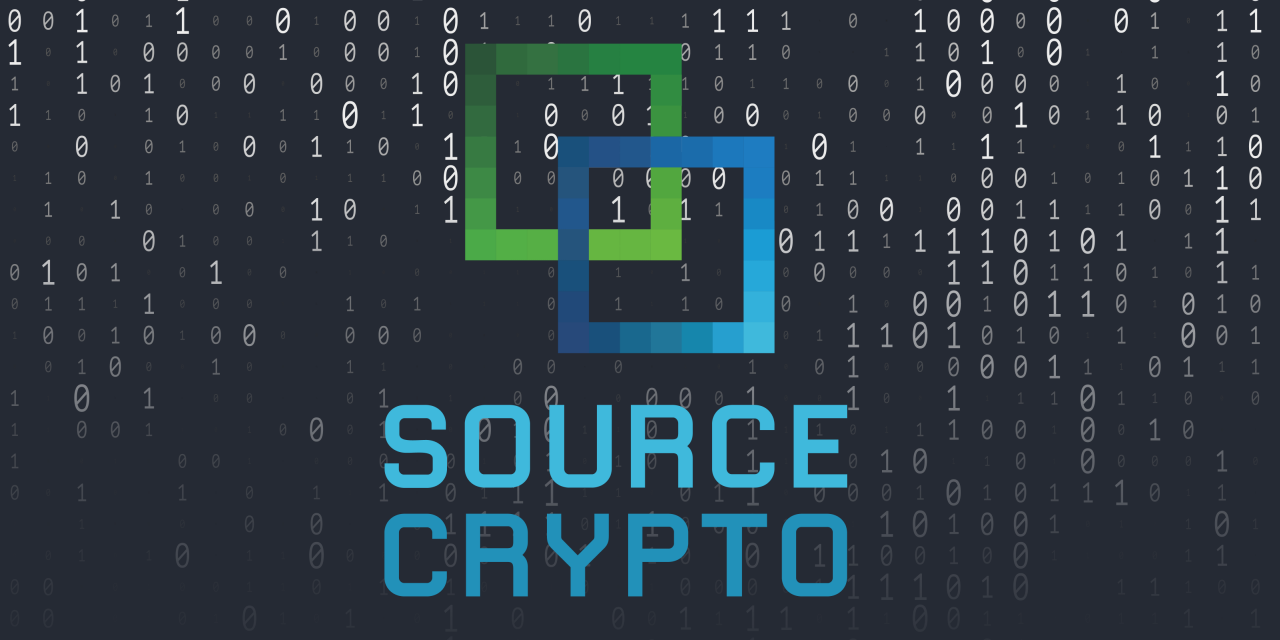Blockchain Data - Analytics
- topics/blockchain-analytics
- arnaucube/goBlockchainDataAnalysis
- blockchain-unica/blockapi - A general framework for blockchain analytics
- ipfs/sig-blockchain-data
- joshbressers/blockchain-elasticsearch
- unwriter/B - Store and reference data on the Bitcoin SV blockchain https://b.bitdb.network
- coinbase/btcexport - Export process for Bitcoin blockchain data to CSV
- mappum/blockchain-download - Download blockchain data from peers
Data
- reddit: I have 5 years of coinmarketcap.com crypto price data in a csv file, feel free download for your own db, its free.
- 10 YEARS OF BLOCKCHAIN DATA SCIENCE
- August 2018 - Initial Exchange Rankings Report
- Blockchair - is a search engine for Bitcoin, Bitcoin Cash, Bitcoin SV, Ethereum and Litecoin blockchains.
- Nearly One Trillion Dollars Worth of Bitcoin Has Been Transferred in 2018, Close to Half a Trillion For Ethereum
- https://blog.chainalysis.com/ - Data-driven content on cryptocurrency markets, regulation, and developments.
- https://CoinMetrics.io (@coinmetrics) - Open source cryptoasset analytics
- Public - ICO Returns 2014-2018
- CMC Doesn’t Suck - Unqualified Opinions #4 Hidden inflation is a tricky, material, fundamental crypto metric.
- Breaking blockchain open Deloitte’s 2018 global blockchain survey
- Public Records Show US Government Tripled Investment in Blockchain Analysis Firms in 2018
-
bitdb - Random Access Memory for Bitcoin
- BitDB is an autonomous database that continuously synchronizes itself with Bitcoin.
- BitDB stores every bitcoin transaction in a structured document format that can be queried against like a regular database.
- With a simple MongoDB query, anyone can easily query, filter, and build powerful decentralized applications on Bitcoin.
BigQuery
- https://epicenter.tv/episode/254/ -Google’s Mission to Provide Open Datasets for Public Blockchains
- Ethereum in BigQuery: a Public Dataset for smart contract analytics
- Ethereum in BigQuery: how we built this dataset
Nomics
-
nomics.com - 100% of Nomics Was Created With Our Free Crypto API. Free Instant Access
- returns csv format — you can use importdata function in google ss.
- blog.nomics.com - Great Podcast and Data Driven Analysis
- [Podcast] The State of Crypto Market Data w/ Vortex & Nomics’ Co-founders (Ep. 0027)
- BitcoinVisuals.com @BitcoinVisuals - Making Bitcoin data more accessible. Blockchain, lightning network, market data, and more.
- Bitcoin Charts @ChartsBtc - Excel user since Lotus 1-2-3. Just enough SQL to be dangerous. Click Media on my profile for all my crazy Bitcoin charts.
- CoinMetrics.io @coinmetrics - Cryptoasset analytics, exportable data, and visualizations. In pursuit of rigor and clarity.
-
Crypto Quantamental (@CryptoQF) Coin Selection Model [D]
“Important Disclaimer: This model is not designed to determine whether the crypto market will rise or fall. It is not designed to select coins that will have the most positive returns or identify coins with negative returns. It is designed to identify the coins that have the greatest chances of outperforming and the coins with the greatest chances of underperforming. Outperforming and underperforming is relative to the crypto universe. Therefore if the average crypto coin is up 1000% the dark green coins, in aggregate, would be attempting to beat that. If the average coin is down 50%, the dark green coins will be trying to beat that. This is not financial advice. This is merely my personal model, and I am sharing how I utilize it.”
Quant-Algorithmic Trading
-
The Market Cycles of ICOs, Bitcoin, and Ether
“We apply time series analysis to investigate the market cycles of Initial Coin Offerings (ICOs) as well as bitcoin and Ether. Our results show that shocks to ICO volumes are persistent and that shocks in bitcoin and Ether prices have a substantial and positive effect on these volumes – with the effect of bitcoin shocks being of shorter duration than that of Ether shocks. Moreover, higher ICO volumes cause lower bitcoin and Ether prices. Finally, bitcoin shocks positively influence Ether but not the other way round. Our study has implications for financial practice, in particular for cryptocurrency investors and entrepreneurial firms conducting ICOs. June 2018”
-
Bitmex perpetual swap
“A lot of crypto traders trade on Bitmex. It’s one of the most advanced trading platforms I’ve ever seen. The most professional traders mostly trade on Bitmex. There are multiple reasons for a trader to trade on Bitmex.”
-
Are Weather-Based Trading Strategies Profitable?
“We estimate the profitability of global index-level trading strategies formed on daily weather across 49 countries. We use ex ante weather information combined with the statistical relationship between daily weather and country index returns to predict index returns on each day. We then form a long-short hedge strategy and a long-only strategy, and find that both strategies generate substantially out-of-sample gross profits. The long-only strategy produces more consistent annualized profits of up to 20.5%, as opposed to a mean world index return of 3.75% during 1993-2012. These findings help solidify the claim that weather exerts economically important impact on mood, and investors can trade profitably on daily weather.”
-
AI for algorithmic trading: 7 mistakes that could make me broke
“my whole blog is concentrated on solving the following machine learning problem: having a window of past N observations predict N+t one, where N can be 30 days of bars (or other variables as news headlines) and t is forecasting horizon (can vary depending on your strategy). What we have done correctly here?”
-
Neural networks for algorithmic trading. Simple time series forecasting
“This is first part of my experiments on application of deep learning to finance, in particular to algorithmic trading. I want to implement trading system from scratch based only on deep learning approaches, so for any problem we have here (price prediction, trading strategy, risk management) we gonna use different variations of artificial neural networks (ANNs) and check how well they can handle this.”
-
Correct 1D time series forecasting + backtesting
“Let’s take historical time series of Apple stock prices starting from 2005 till today. You can easily download them from Yahoo Finance as .csv file. In this file data is in “reversed” order — from 2017 till 2005, so we need to reverse it back first and have a look:”
-
Multivariate time series forecasting
“In this article we will see how to preprocess multivariate time series, in particular, what to do with every dimension, how to define and train a neural network on this kind of data and will compare results with what we had in last post.”
-
Volatility forecasting and custom losses ϟ
“In this tutorial we will reconsider returns forecasting problem, design and check a new loss function for it, transforms returns into some sort of volatility and check different metrics for this problems as well. If you want to see the code first, check it out here.\n\nFirst of all, let’s remember how we switch to returns (or percentage change) from original time series. I think, if we want to predict the return, we can switch all our dimensions (open, high, low, close, volume) to returns — they will be already normalized and this is more suitable option — having our input in form of returns if we plan to forecast return as well:”
-
Multitask and multimodal learning ϟ ϟ
“In this tutorial we will use dataset, that contains not only multivariate time series, but also text data with daily news corresponding to trading days from Kaggle. You can check the details of the dataset on the link before, here is short summary what is inside:\n\nNews data: I crawled historical news headlines from Reddit WorldNews Channel (/r/worldnews). They are ranked by reddit users’ votes, and only the top 25 headlines are considered for a single date. (Range: 2008–06–08 to 2016–07–01)\n\nStock data: Dow Jones Industrial Average (DJIA) is used to \“prove the concept\”. (Range: 2008–08–08 to 2016–07–01)”
-
Hyperparameters optimization ϟ
“I think you have noticed that I usually take some architecture of the network as granted and don’t explain why I take this particular number of layers, this particular activation function, this loss function etc. This is really tricky question. Yes, it’s “normal” in deep learning community to take ReLU (or more modern in 2k17 alternative like ELU or SELU) as activation and be happy with this, but we usually don’t think if it’s correct. Talking about number of layers or learning rate for optimizer — we just take something standard. Today I want to talk about the way how to automatize the process of making a choice from these options.”
-
Enhancing classical strategies with neural nets ϟ
“Today I want to make a sort of conclusion of financial time series with a practical forecasting use case: we will enhance a classic moving average strategy with neural network and show that it really improves the final outcome and review new forecasting objectives you most probably would like to play with.”
-
Probabilistic programming and Pyro forecasts ϟ
“Today I want to introduce a slightly different approach to fitting the same algorithms. Treating them with probabilistic point of view allows us to learn regularization from data per se, estimate certainty in our forecasts, use much less data for training and inject additional probabilistic dependencies in our models. I will not dive so much into technical or mathematical details of bayesian models or variational inference, I will give some overview, but also concentrate more on application.”
-
Backtesting with Pandas
“We were mostly concentrated on forecasting accuracy and experimenting around that before and we touched backtesting issue very briefly and using code from the Mike Halls-Moore’s book. Of course having a nice backtesting code allows to build really good strategies with risk management, money management and consider different scenarios, but if you’re researching just signals obtained from different data sources (even it’s just historical prices) with use of machine learning you need something simpler to understand if these signals to go long or short are really useful. Basically we just want to check the difference between prices and multiply it by signal sign — up or down and accumulate this info during test period.”
Edit this page
Social Share
Twitter Facebook LinkedIn Reddit
Tips Welcome
| Bitcoin | DOGE |
|---|---|
| 1A1DZfw4VgpHCgnMjnmfDnMjddKf8xdYbd | DQKkzfJjqnXUD8Z7C3e84vKzvghPe9dXSa |
 |
 |


